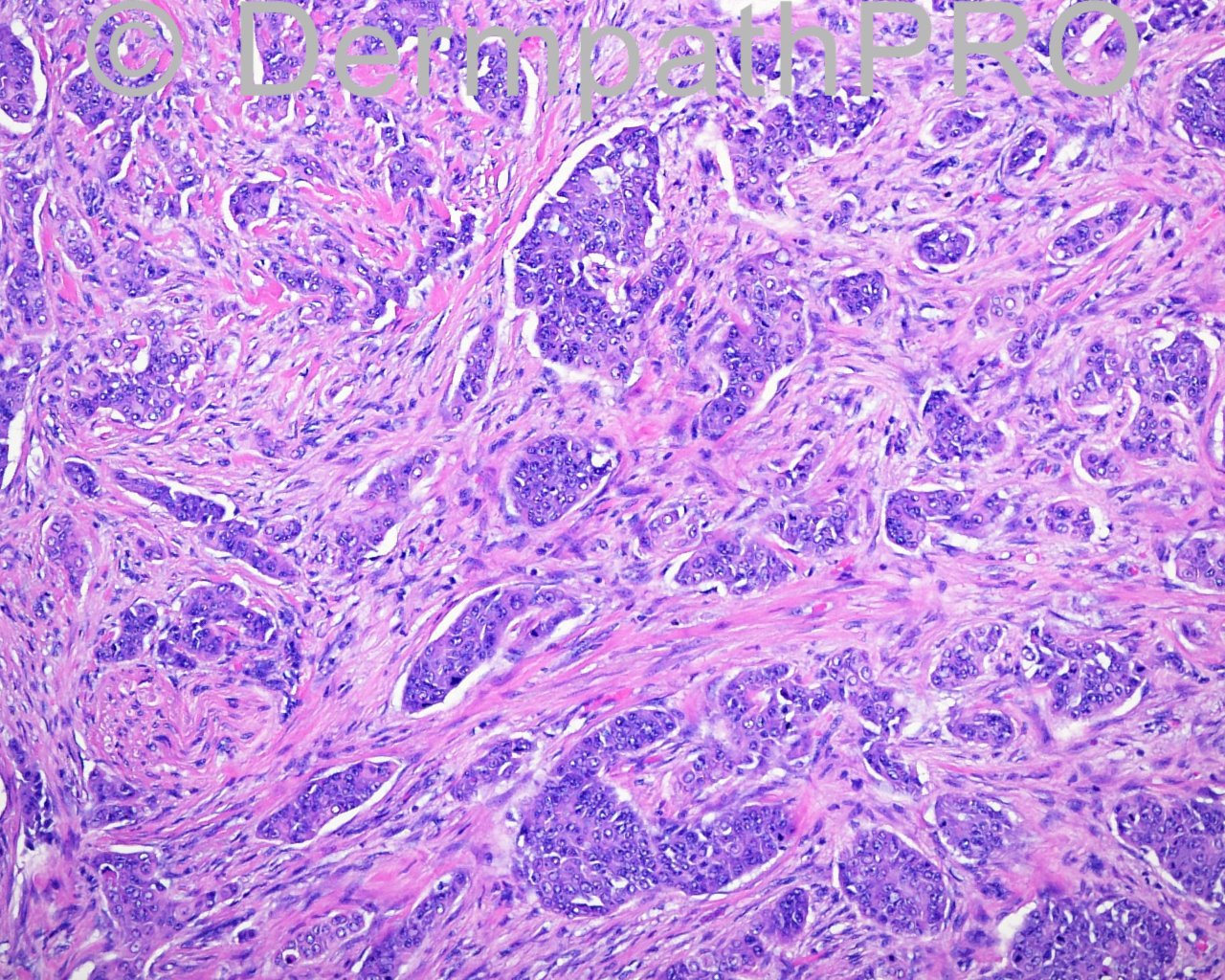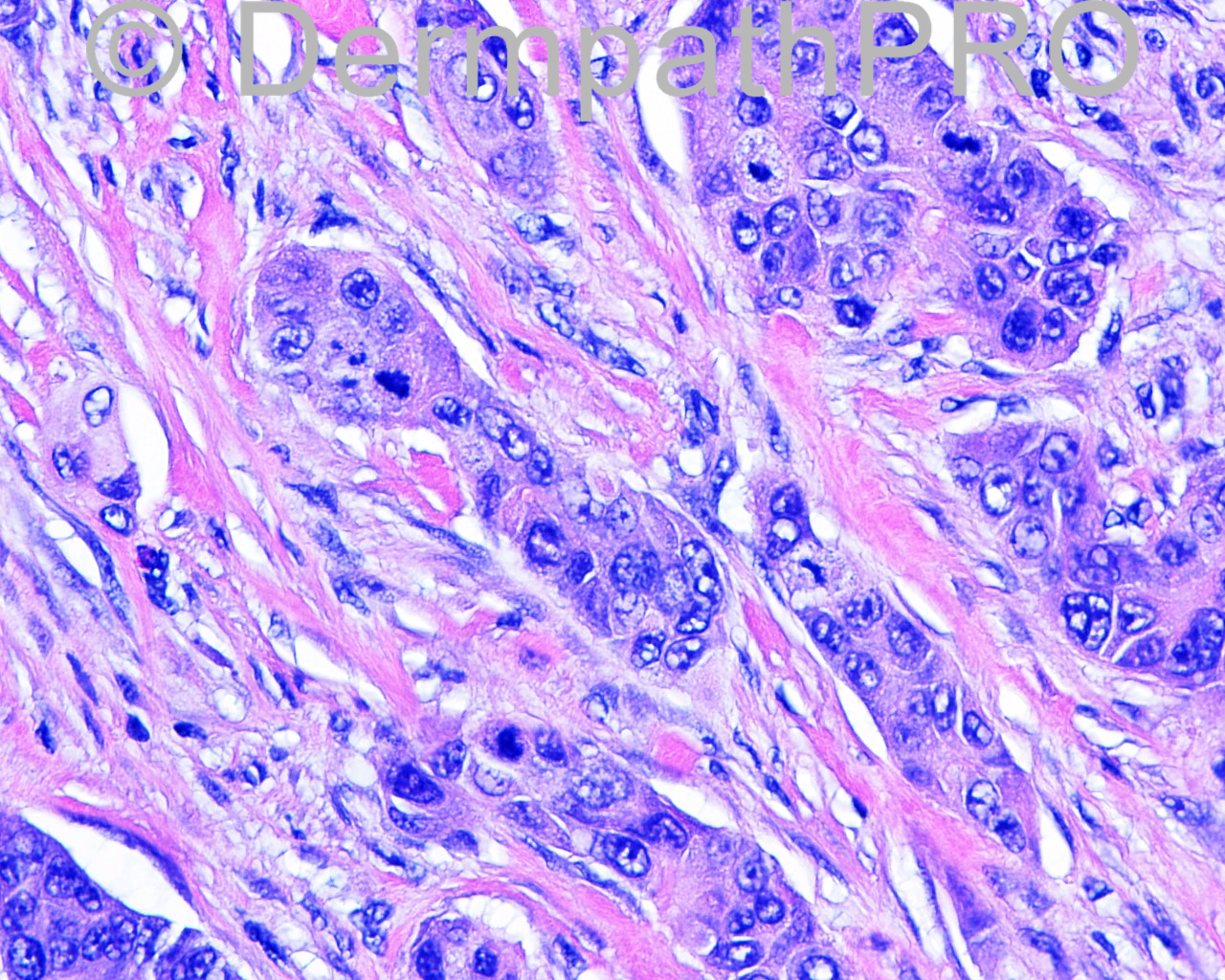Case Number : Case 1188 - 12th January Posted By: Guest
Please read the clinical history and view the images by clicking on them before you proffer your diagnosis.
Submitted Date :
The patient is a 74 year old white man with a previous biopsy performed at another facility. An excision with margin exam is taken from the left lateral lower abdomen.
Case posted by Dr Mark Hurt
Case posted by Dr Mark Hurt










Join the conversation
You can post now and register later. If you have an account, sign in now to post with your account.